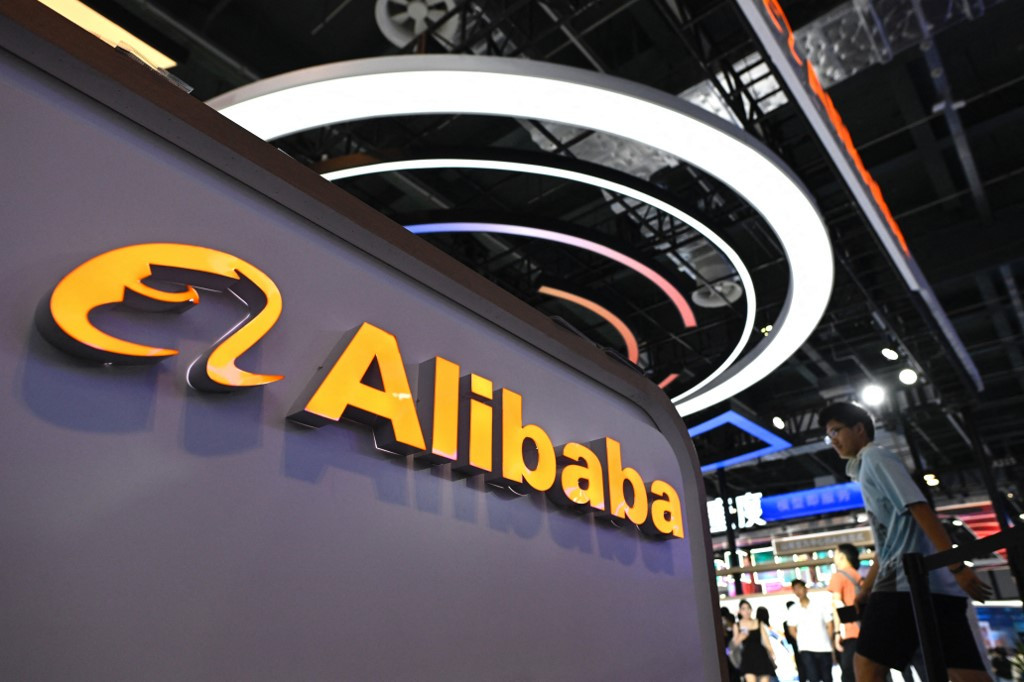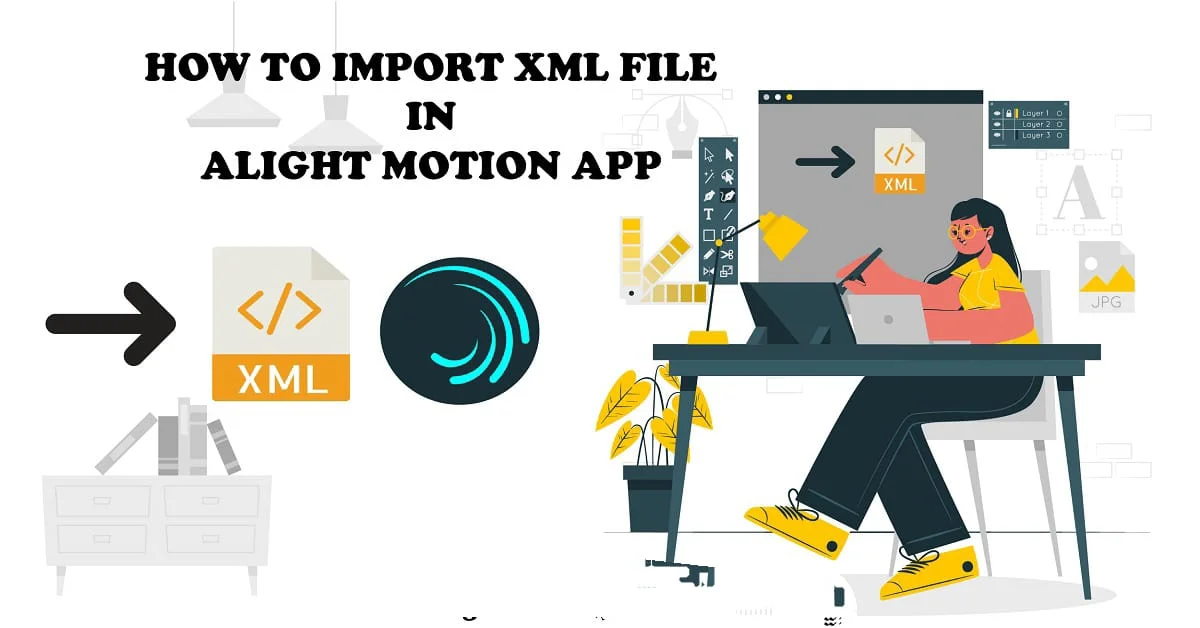Your cart is currently empty!

Alibaba’s New AI Model – Qwen 2.5: A Revolutionary Leap or Just Another Competitor?
Introduction Imagine a world where Artificial Intelligence (AI) becomes more than just a tool—it evolves into a partner that powers creativity, enhances productivity, and solves complex problems. Tech giants worldwide are racing to make this a reality, and Alibaba, the Chinese e-commerce and cloud computing leader, has stepped up to the challenge. With the launch…
Introduction
Imagine a world where Artificial Intelligence (AI) becomes more than just a tool—it evolves into a partner that powers creativity, enhances productivity, and solves complex problems. Tech giants worldwide are racing to make this a reality, and Alibaba, the Chinese e-commerce and cloud computing leader, has stepped up to the challenge. With the launch of its latest AI model, Alibaba aims to redefine the possibilities of AI. Recently, we have seen another Chinese company, Deepseek AI, hitting the market with good scores, but is it truly revolutionary or just another player in the game? Let’s dive in.
Table of Contents
Why Alibaba’s New AI Model Deserves Attention
As a first-time observer, you might wonder: What makes this model special? Alibaba’s new AI Qwen 2,5 is more than just a product—it’s a strategic move to reshape industries like e-commerce, finance, and logistics. Designed to tackle modern challenges, this model introduces advanced features like seamless multilingual capabilities, integration across various formats (text, images, audio, and video), and powerful enterprise-focused solutions.
Unlike traditional models that focus solely on one application, Alibaba’s innovation aims to simplify your tasks, whether you’re running a business or exploring creative possibilities. By combining natural language processing (NLP) with multimodal AI, it stands out as a potential game-changer in the tech landscape.
If you’re wondering whether this AI model could change the way industries operate—or even impact how you interact with technology—this may be a model to watch closely.
Alibaba’s AI Model: What’s New?
Alibaba’s AI initiative is part of its broader strategy to strengthen its AI capabilities and make machine learning more accessible across industries. The company’s latest model is an advanced large language model (LLM) equipped with powerful natural language processing (NLP) abilities, multimodal integration, and real-time learning capabilities.
Key Features
- Multilingual Mastery – Alibaba’s AI supports over 30 languages, making it more versatile for global applications.
- Multimodal Functionality – Unlike many AI models focused primarily on text, Alibaba’s model integrates text, images, audio, and even video processing, making it a comprehensive AI solution.
- Open-Source Accessibility – The model is partially open-source, allowing developers to customize and deploy it in different environments.
- Enterprise-Level Optimization – Alibaba has tailored this AI for enterprise use, optimizing it for e-commerce, finance, customer service, and logistics.
- Cloud-Native Efficiency – The AI model is designed to leverage Alibaba Cloud, ensuring seamless integration with cloud services for scalability.
Comparison with Other AI Models
The following table provides a comparative analysis of Alibaba’s AI model against OpenAI’s GPT-4, Meta’s Llama, Google’s Gemini, and DeepSeek:
| Feature | Alibaba AI | OpenAI GPT-4 | Meta Llama | Google Gemini | DeepSeek AI |
|---|---|---|---|---|---|
| Multimodal | Yes | Limited | No | Yes | Yes |
| Languages Supported | 30+ | 25+ | 20+ | 30+ | 25+ |
| Enterprise Focus | Strong | Moderate | Limited | Strong | Moderate |
| Open-Source | Partial | No | Yes | No | Yes |
| Cloud Integration | Alibaba Cloud | Azure OpenAI | None | Google Cloud | None |
| Primary Use Case | E-commerce, Finance | General | Research, Development | General, Search | Research, NLP |
| Cost Efficiency | High | Moderate | High | Moderate | High |
| Conversational Depth | Moderate | High | Moderate | High | Moderate |
| Security & Moderation | Strong | Strong | Moderate | Strong | Moderate |
Pros of Alibaba’s AI Model
Alibaba’s new AI model offers several advantages that set it apart from its competitors:
1. Unparalleled Scalability
Being cloud-native, the model seamlessly integrates with Alibaba Cloud, providing businesses with scalable and efficient AI-driven solutions. This makes it an attractive option for companies looking to integrate AI without significant infrastructure investments.
2. Strong Focus on E-Commerce and Finance
Unlike models like GPT-4, which are generalized for various applications, Alibaba’s AI Qwen 2.5 is designed with e-commerce, customer service, and financial transactions in mind. This specialization enhances its ability to handle retail-focused queries, automate transactions, and provide accurate recommendations.
3. Enhanced Security Measures
Alibaba has emphasized AI security, incorporating improved content moderation and fraud detection, making it an excellent choice for financial institutions and online platforms.
4. Cost-Effective for Enterprises
Compared to Western AI models, Alibaba’s AI provides an affordable alternative for businesses in emerging markets, particularly in Asia and Africa, where cost-effective AI solutions are in high demand.
5. Strong Government and Industry Support
With China’s heavy investment in AI development, Alibaba’s model benefits from substantial government backing, ensuring continued research and optimization.
Cons of Alibaba’s AI Model
While impressive, the model is not without its limitations:
1. Limited Global Penetration
Despite its multilingual capabilities, Alibaba’s AI is primarily targeted at Asian markets, meaning it might not perform as well with Western languages and dialects.
2. Dependency on Alibaba Cloud
For enterprises outside of China, relying on Alibaba Cloud could pose integration challenges, particularly for businesses already embedded in AWS, Google Cloud, or Microsoft Azure.
3. Regulatory Concerns
Given ongoing global concerns about data privacy and Chinese AI governance, businesses in the U.S. and Europe may hesitate to adopt Alibaba’s AI due to regulatory uncertainties.
4. Open-Source Limitations
While partially open-source, the model does not offer the same level of openness as Meta’s Llama models, making it less appealing for developers who prefer more transparency.
5. Less Innovation in Conversational AI
Compared to OpenAI’s GPT-4, Alibaba’s model still lags in conversational depth, making it less suitable for tasks requiring nuanced human-like interactions.
The Peak of AI: Where Are We Headed?
With AI models like Alibaba’s pushing the boundaries of automation, a crucial question arises: What will be the peak of AI with such advancements? Will we reach a point where AI fully replicates human intelligence, or will ethical constraints prevent us from going too far?
Several possibilities emerge:
- AI Replacing White-Collar Jobs – As AI models become more advanced, tasks like legal research, financial analysis, and even medical diagnoses could be fully automated.
- AI Governing Itself – Could AI eventually manage AI? Self-learning models might evolve without human intervention, leading to unpredictable advancements.
- Full AI-Human Symbiosis – Instead of replacing humans, AI could enhance human decision-making, making complex industries more efficient.
- Ethical & Regulatory Roadblocks – AI’s rapid growth might be hindered by ethical concerns, government regulations, and societal pushback.
The true peak of AI might not be its technical capabilities but rather how we choose to integrate it into our world. Will it be a tool for progress or a force that disrupts global stability?
Conclusion: A Powerful Step or Just Another Model?
Alibaba’s latest AI model is a formidable player in the AI industry, particularly for enterprises in e-commerce, finance, and customer service. While it may not yet surpass OpenAI’s GPT-4 in conversational depth, its focus on business applications and scalability makes it a strong contender.
However, the larger question remains: What will AI ultimately become? If AI continues to advance at this pace, we may soon see a world where AI is not just a tool but a collaborator in innovation. How we navigate these advancements will determine whether AI becomes the greatest asset or the most profound challenge of the 21st century.
FAQ:
What is Alibaba’s new AI model Qwen 2.5?
Alibaba’s new AI model is a state-of-the-art large language model (LLM) with capabilities such as multilingual support, multimodal integration (text, images, audio, and video), and enterprise-level optimization for industries like e-commerce, finance, and customer service.
How does Alibaba’s AI compare to OpenAI’s GPT-4 or Google’s Gemini?
While GPT-4 excels in conversational depth and general applications, Alibaba’s AI focuses on enterprise-specific tasks, cost efficiency, and multimodal functionality. Google’s Gemini offers similar multimodal capabilities but targets a broader market, whereas Alibaba’s model is tailored for Asian markets and industries.
What are the primary use cases for Alibaba’s AI model?
The model is optimized for e-commerce, finance, logistics, and customer service, offering tailored solutions such as automated transactions, personalized recommendations, and fraud detection.
Is Alibaba’s AI model Qwen 2.5 open-source?
It is partially open-source, allowing developers to customize and deploy the model in specific environments, though it offers less transparency than fully open-source alternatives like Meta’s Llama.
Can businesses outside China use Alibaba’s AI model Qwen 2.5?
Yes, but it is heavily integrated with Alibaba Cloud, which might pose challenges for companies relying on other cloud providers like AWS, Microsoft Azure, or Google Cloud.
What are the limitations of Alibaba’s AI model Qwen 2.5?
Key limitations include its dependency on Alibaba Cloud, limited penetration into Western markets, regulatory concerns in the U.S. and Europe, and less advanced conversational AI compared to GPT-4.
How does Alibaba’s AI model ensure data security?
Alibaba emphasizes strong content moderation and fraud detection, making the model suitable for financial and sensitive business operations.
Will Alibaba’s AI replace human jobs?
Like other AI technologies, Alibaba’s AI may automate repetitive tasks but is intended to complement human efforts by enhancing productivity and efficiency rather than outright replacement.
What’s the cost of using Alibaba’s AI model?
While specifics depend on enterprise needs, Alibaba’s AI is positioned as a cost-effective solution, particularly for emerging markets in Asia and Africa.
What’s next for Alibaba’s AI efforts?
With strong government and industry support, Alibaba is expected to further enhance its model’s capabilities, focusing on expanding its global reach and innovating in sectors like healthcare, education, and advanced analytics.
Interesting Read: The Fall of NVIDIA Stocks: A Deep Dive into Market Dynamics and Investor Sentiment – Tech To Know


